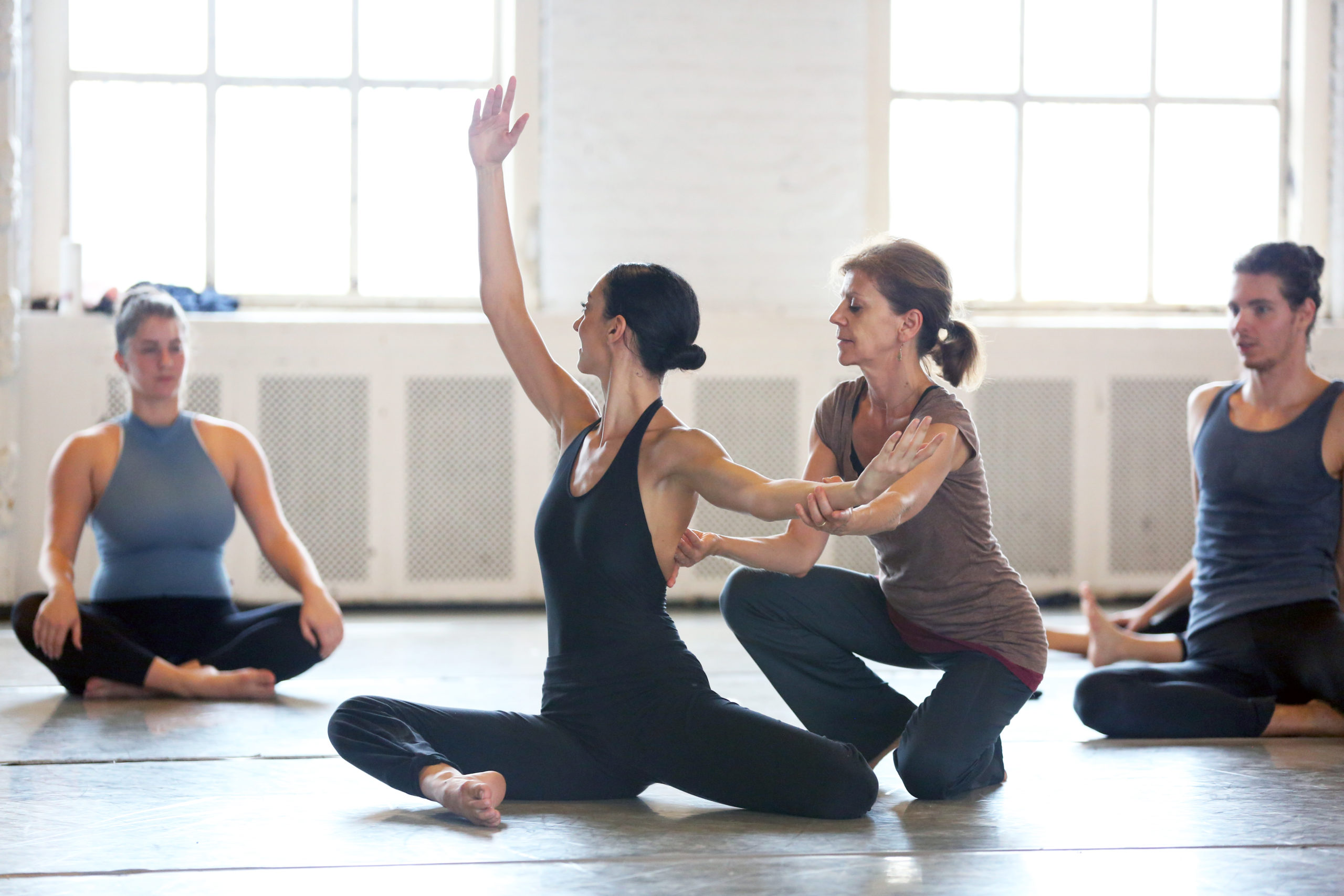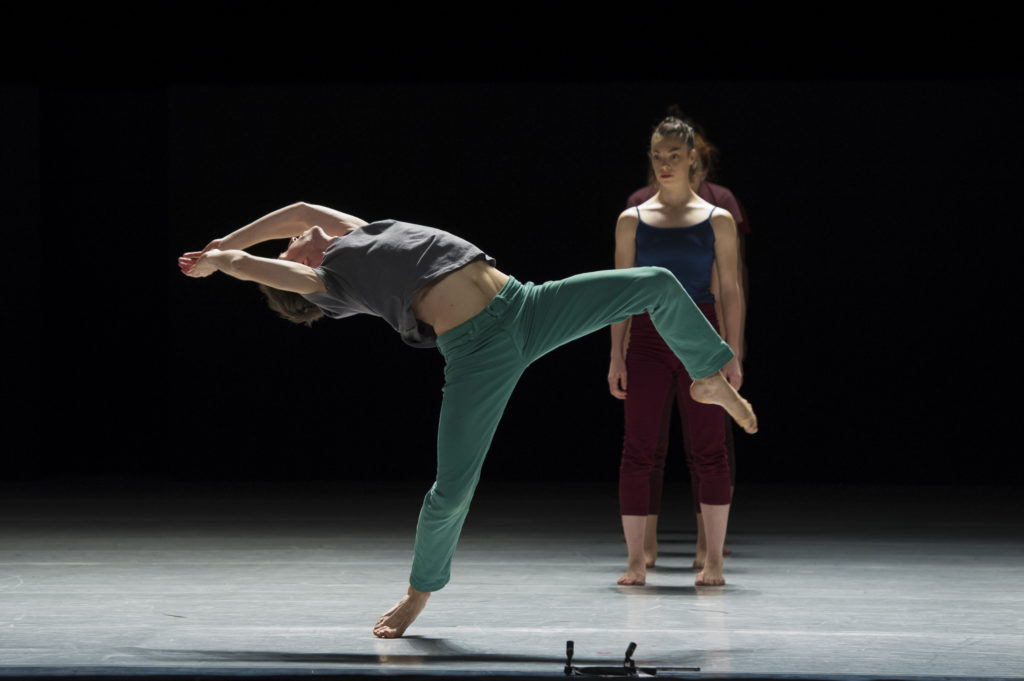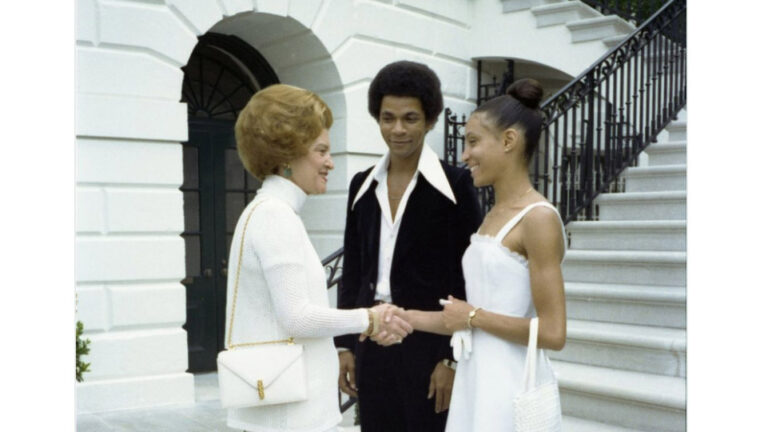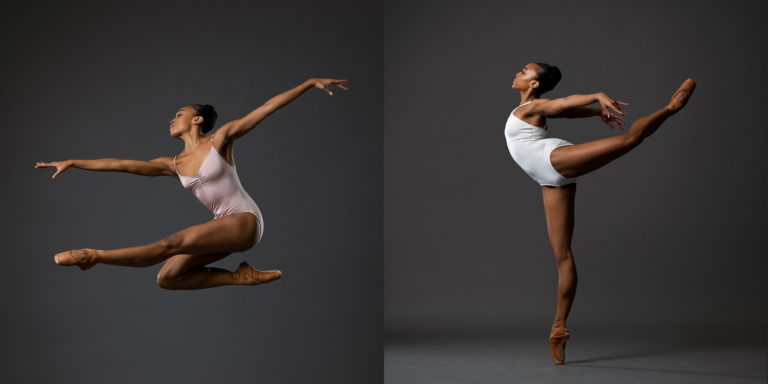
Nearly all the movement a dancer does comes from the spine. And yet, “a lot of dance training can prioritize legs, or port de bras, without addressing where those things stem from,” says Bret Easterling, who teaches Gaga and contemporary at the USC Glorya Kaufman School of Dance.
Not only is the spine “the trunk of the tree that everything else grows off of,” as Easterling puts it, but it also has its own expressive power. Help your students harness it, and you’ll see more nuanced movement in their backs and beyond.
Incorporate Breath
Breathing is key to unlocking the spine, says Michelle Rodriguez, a physical therapist who works with dancers at her Manhattan Physio Group. But she says many dancers don’t realize that they’re holding their breath or not breathing deeply, which in turn can make their thoracic spine and rib cage stiff. One trick Rodriguez likes to use to remind dancers to breathe: Have them talk, count or hum the music as they move, since inhales and exhales will naturally flow as they speak.
Virginie Mécène, director of Graham 2, recommends a simple Graham exercise to help students build the connection between the breath and the spine: Sitting on the floor with the legs crossed at the ankles and arms to the side, have students exhale as they curve the spine, then inhale as they restraighten. Encourage them to keep the spine as long as possible throughout the exercise. “It’s an abstraction of the breath, but an exaggeration,” she says.
Zoom In, Zoom Out
Mécène encourages her students to visualize the small, interior muscles that line the spine, rather than the larger superficial muscles of the back. After all, says Easterling, articulation doesn’t have to be about how large your range of motion is, but rather the availability of motion. Easterling has students get more specific in their articulations by focusing on micromovements. One image that helps: Imagining they have twice or three times as many vertebrae as they actually do.

In addition to “zooming in,” Easterling likes to “zoom out”: He asks students to imagine that the head is the top vertebra, and the pelvis the last vertebra. Then, “find gentle movements between those two places at the same time, allowing the spine to fall into place, as if your tail and head are talking to each other,” he says. “Then there’s information that’s traveling through your spine, and that’s what we want.”
Emphasize Softness
Before Easterling was introduced to Gaga, he held his tension in his back, and had frequent back spasms. It was former Batsheva director and Gaga creator Ohad Naharin’s concept of a “soft spine” that helped Easterling find more mobility and ease in his back.
Easterling emphasizes softness so strongly partially because he finds that often, dancers with tight backs go in the opposite direction when searching for mobility in their spines and try to muscle through it. Mécène agrees, and says that trying to force an expressive spine with the larger muscles of the back tends to backfire. To help dancers find that softness, Easterling encourages them to scan their back for areas that feel locked, and to focus on bringing sensation there, whether through movement or touch. He also reminds students to give attention to any tension they’re holding in their hips, jaw, chest and rib cage, as these areas can impact how much movement is available in the spine. He’ll ask them to imagine that their chest is made of soggy cardboard, for instance, or that their rib cage consists of many different parts that can move independently instead of one large chunk.
Even if you are teaching a style that requires a very directed spine, such as ballet, the idea of softness can still help students find more freedom, says Easterling. “Softness of the spine doesn’t have to be a movement,” he says. “It’s a sensation.”
Watch this video tutorial led by Mécène to teach your students a simple Graham exercise that will help them build the connection between the breath and the spine.





